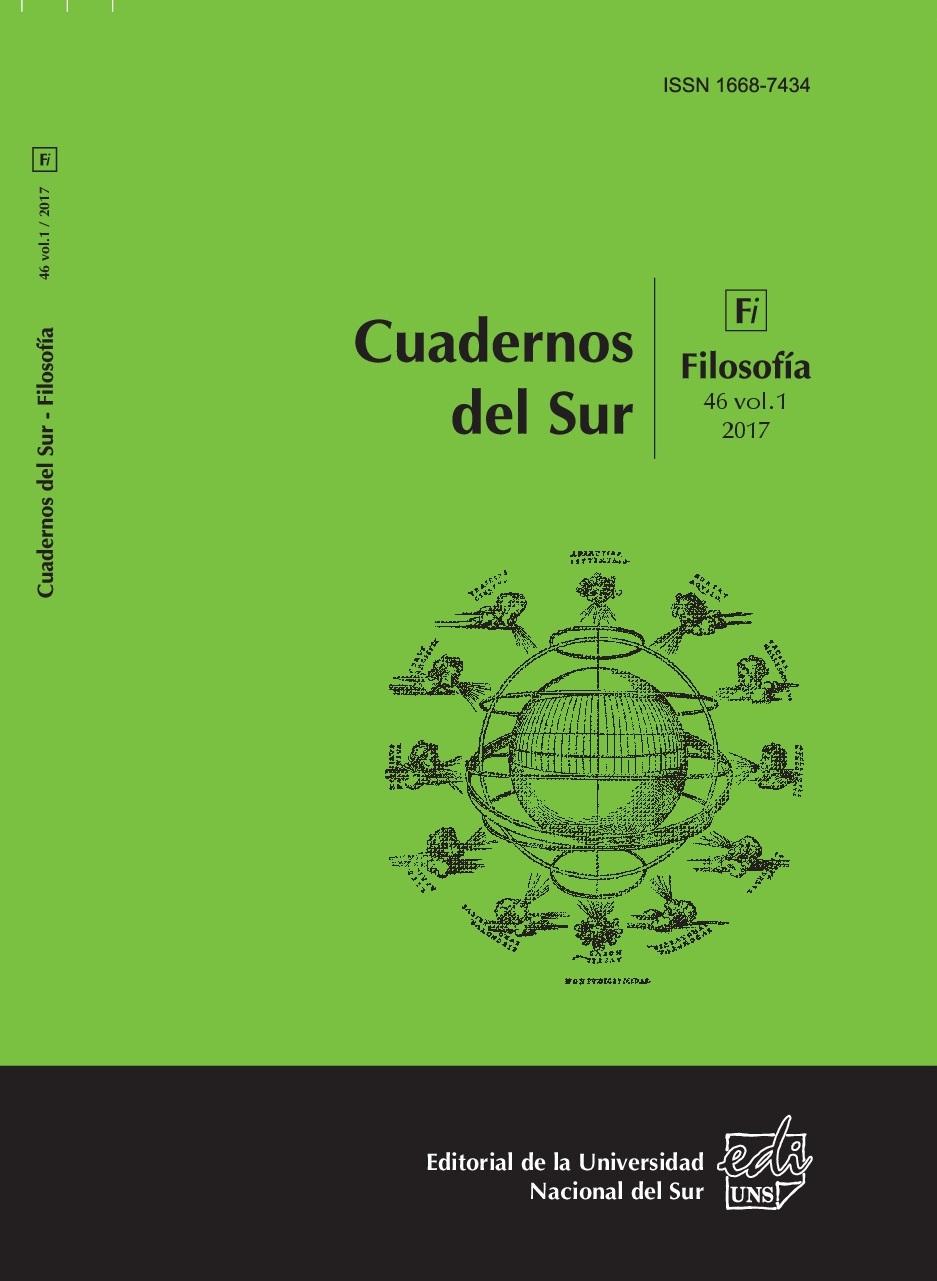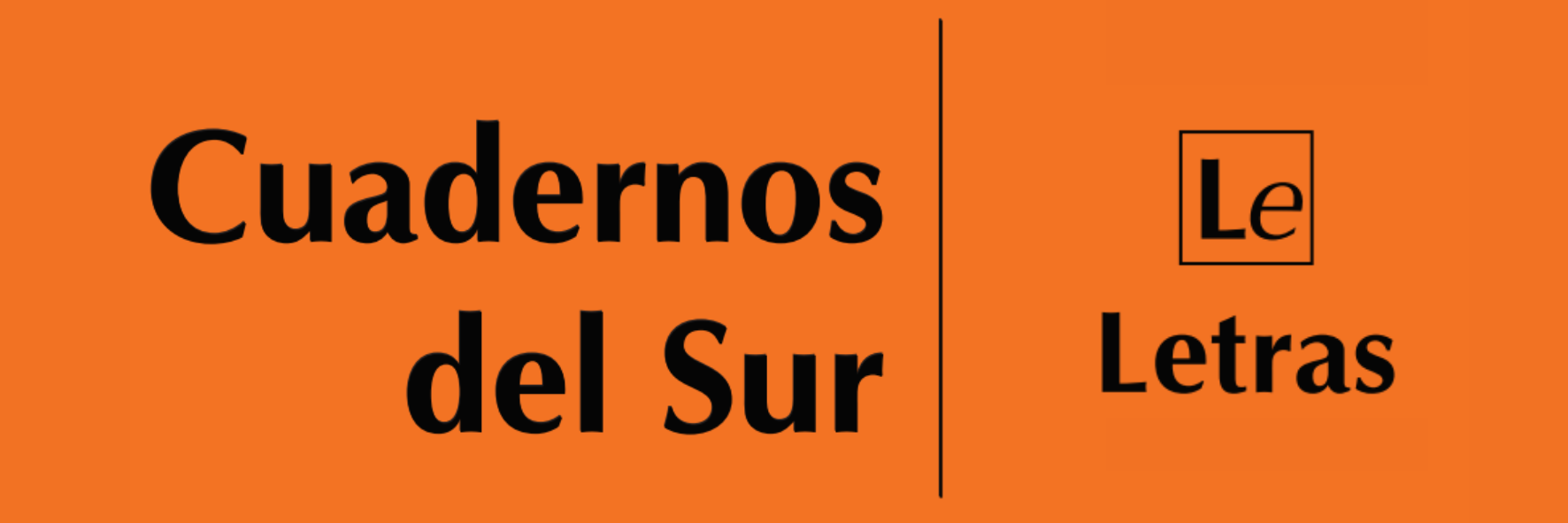La concepción estética en la obra tardía de Nietzsche. La influencia de Charles Féré sobre la función del artista dionisíaco
Keywords:
aesthetic, Dionysian, psychomotor inductionAbstract
The art has a fundamental role in the Nietzschean philosophy. In this article I present an interpretation of Nietzsche’s aesthetic conception, developed in some of his posthumous fragments corresponding to workbook W II 5 of 1888. These fragments are Nietzsche’s preparatory step for writing Skirmishes of an untimely man 8, 9 and 10 be-longing to Twilight of the Idols (2001a). Throughout this article I try to show what a challenging task would be to fully understand Nietzsche’s aphorisms containedin Twilight of the Idols with-out reading such posthumous.
Downloads
References
Abel, Günter (1998), Nietzsche. Die Dynamik der Willen zur Macht und die ewige Wiederkehr, Berlin-New York, De Gruyter.
Brusotti, Marco (2012), “Reagieren, nicht reagieren, schwer reagieren. Zu Philosophie und Physiologie beim letzten Nietzsche”, en Nietzsche-Studien, 41, pp. 104-126.
Féré, Charles (1903), Sensación y movimiento, Madrid, Fernando Fe-Saenz Jubera hermanos.
Lampl, Hans Erich (1986), “Ex oblivione: Das Féré Palimpsest. Noten zur Beziehung Friedrich Nietzsche - Charles Féré, en Nietzsche-Studien, 15, pp. 225-264.
Urs Sommer, Andreas (2012), Comentarios a El caso Wagner, Crepúsculo de los ídolos, Comentario crítico e histórico de las obras de Nietzsche, t. 6.1, Berlin-Boston, De Gruyter.
Pichler, Axel (2014), Philosophie als Text – Zur Darstellungsform der “Götzen-Dämmerung”, Berlin-Boston, De Gruyter.
Downloads
How to Cite
Issue
Section
License
Copyright (c) 2018 Marina Silenzi

This work is licensed under a Creative Commons Attribution-NonCommercial 4.0 International License.
Aquellos autores/as que tengan publicaciones con esta revista, aceptan los términos siguientes:- Los autores/as conservarán sus derechos de autor y garantizarán a la revista el derecho de primera publicación de su obra, el cuál estará simultáneamente sujeto a la licencia Atribución-No Comercial 4.0 Internacional CC BY-NC 4.0.
- Los autores/as podrán adoptar otros acuerdos de licencia no exclusiva de distribución de la versión de la obra publicada (p. ej.: depositarla en un archivo telemático institucional o publicarla en un volumen monográfico) siempre que se indique la publicación inicial en esta revista.
- Se permite y recomienda a los autores/as difundir su obra a través de Internet (p. ej.: en archivos telemáticos institucionales o en su página web) una vez publicado su trabajo, lo cual puede producir intercambios interesantes y aumentar las citas de la obra publicada. (Véase El efecto del acceso abierto).










